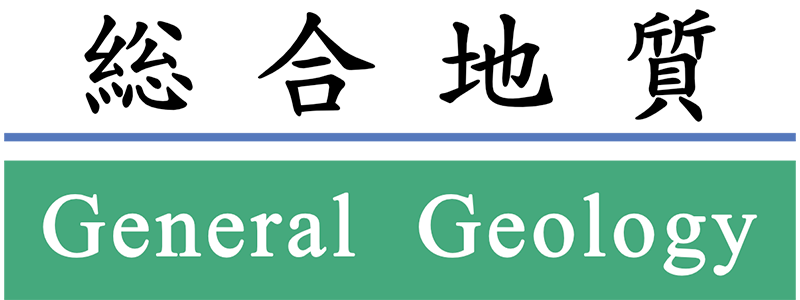

- Report -
Jomon period in the Ishikari depression: diatom fossil, pollen fossil and archaeology - Special lecture meeting in 2022 - [PDF for web-browsing 1.3MB] [Hi-resolution PDF 4.7MB]
Tsumoru Sagayama, Fusa Hoshino and Tomoe Kudo
General Geology, Vol. 7, Page 1–11.
Recent seismic activity in and around Hokkaido, Japan (2018-2021) [PDF for web-browsing 1.04MB] [Hi-resolution PDF 8.4MB]
Tetsuo Takanami
General Geology, Vol. 7, Page 13–25.
Abstract
On September 6, 2018, the Iburi Tobu earthquake (M6.7), a reverse fault earthquake, occurred in the central-eastern part of the Iburi region of Hokkaido, Japan, with an intensity of 7 observed in Atsuma Town, located in the source region. Five years have already passed since that inland damaging earthquake, but there have been few reports on seismic activity in and around Hokkaido over that long period of time. By investigating the space-time distribution and earthquake mechanism of the earthquakes occurred during that period, we learned that significant earthquakes occurred not only at the southwestern tip of the Kurile Islands and off the east coast of Aomori Prefecture, where a giant tsunami earthquake is currently assumed, but also near the Kurile Islands Trench far off Nemuro, off Shiretoko Peninsula, northern Hokkaido, southern Hidaka Mountains, and near the island of Etorofu. The integrated study suggests a causal relationship between seismic activity along the trench and the deep slab, and a regional difference in earthquake mechanism between the non-DC solution off Tokachi-oki to off Nemuro and the pure DC solution off the east coast of Aomori Prefecture.
- Article -
The geology and pollen stratigraphy of Quaternary formations in the northern part of Kitahirosima urban area and its eastern adjacent area, central Hokkaido [PDF for web-browsing 2.6MB] [Hi-resolution PDF 8.1MB]
Takao Oka, Fusa Hoshino, Akira Matsui, Tatsuo Sekine, Hiroshi Yonemichi
General Geology, Vol. 7, Page 27–54.
Abstract
We have observed six bore cores for foundation investigation and cuttings of one drilling water well in the northern part of Kitahirosima urban area and western end of Naganuma Town, central Hokkaido. Additionally, we have collected samples from the cores and performed pollen analysis and volcanic ash analysis (one sample) and drawn the underground section from surface to 150 meters in depth, in the southeastern area of Nopporo Hills and its eastern adjacent area (north western part of Naganuma Lowland). The Quaternary geology of both areas above-referenced are composed of the Shimonopporo Formation, Otoebetsugawa Fm., Atsuma Fm., Kitanaganuma Fm., Shikotsu volcanic ejecta and Chyuseki Fm. in ascending order. Of these, the Kitanaganuma Formation is characterized by marsh sediments, 15± meters in thickness, lies on the Atsuma Formation with conformity. We concluded that the age of the Kitanaganuma Fm. is from about 110 ka to 46 ka (from MIS 5d to MIS 3 ) on the basis of the age of the Toya Ash (110ka in age) which is put in the lower most part of the formation and is overlaid by the Shikotsu volcanic ejecta (46 ka ).
Full-issue Download Page for the "General Geology" is here .
・Volume 8, Number 1
・Volume 7, Number 1
・Volume 6, Number 1
・Volume 5, Number 1
・Volume 4, Number 1
・Volume 3, Number 1
・Volume 2, Number 1
・Volume 1, Number 1